
What is the best steel for a knife ?
Introduction In the knife making the steel represents the soul of the knife, which is determined by such factors as edge retention of sharpness, corrosion resistance, ductility (strength) and ease...

Introduction In the knife making the steel represents the soul of the knife, which is determined by such factors as edge retention of sharpness, corrosion resistance, ductility (strength) and ease...
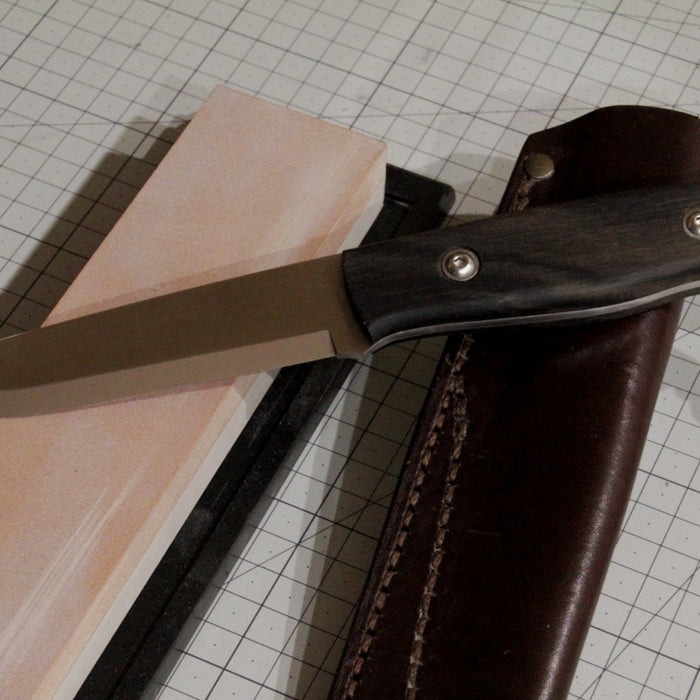
The Best ways to knife field sharpner Before you ask yourself what is the best way to sharpen a knife in the field, you should think about what exactly you will be doing and for how long. Will it be...
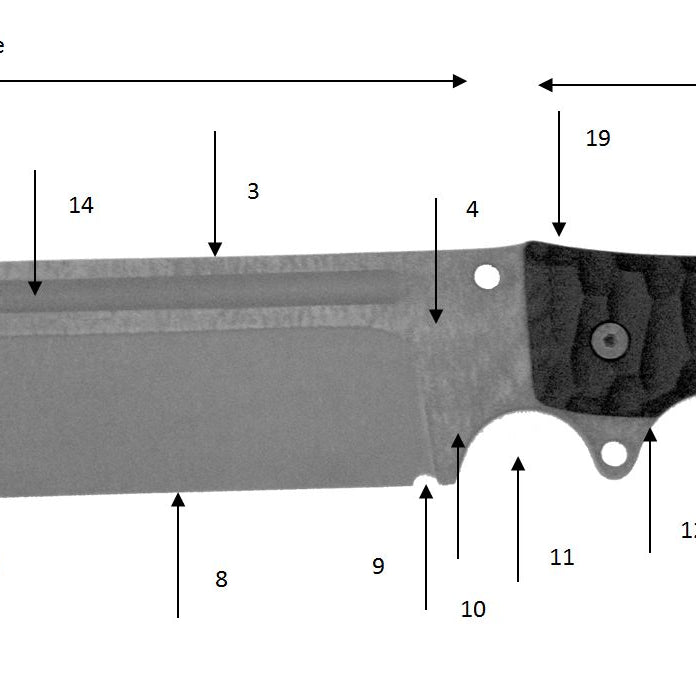
Anyone new to knife sharpening has a lot of questions that are sometimes quite difficult to answer on their own. To answer them, you can attend various thematic seminars, read specialized literature or post on forums on the Internet, which...
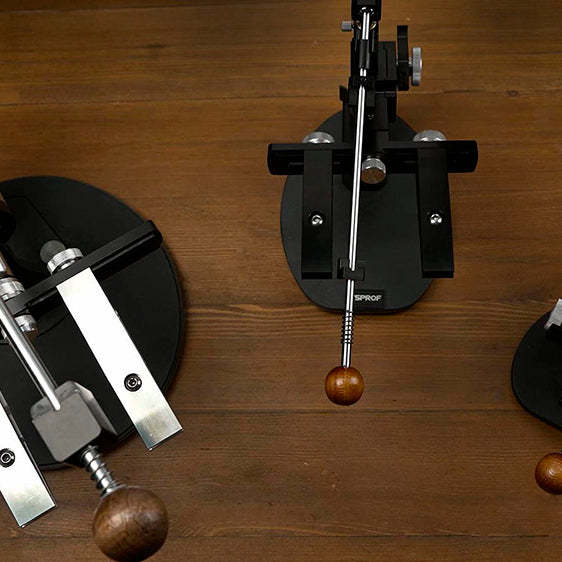
Today you can find a number of different professional sharpening systems and devices that are used for sharpening of a wide range of cutting tools. However, before we start reviewing them, it is worth getting to the bottom of what...
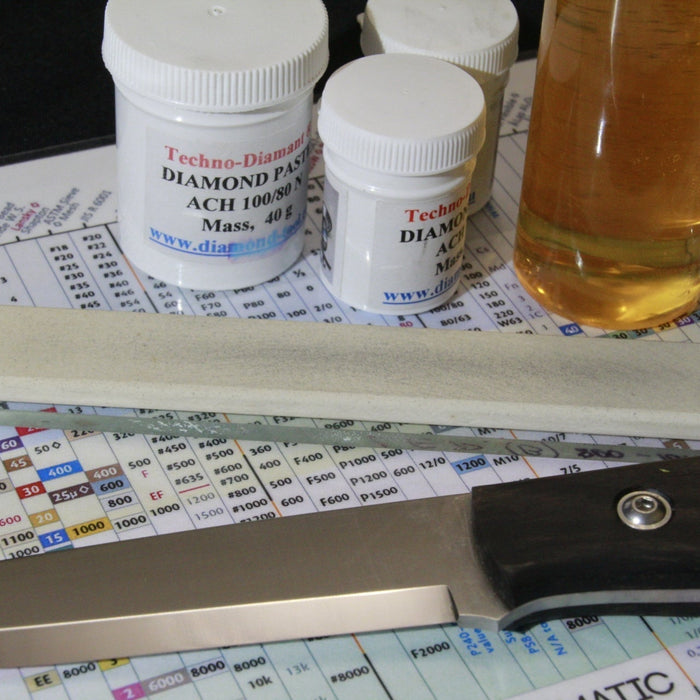
How to hone a knife? Before you get into the actual process of honing and knife stropping, no matter how strange it may sound, it is absolutely necessary to understand the very essence of the concept and purpose, in order...
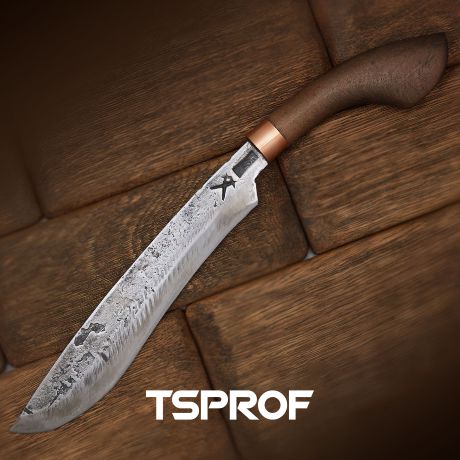
Golok — is a Indonesian national knife, common in the Pacific islands of Sumatra, Java, Sulawesi, and the Azores and Moluccas. In the past it was used as the main weapon of the local population, and in modern times it...

Bolo (Tagalog: iták, Ilocano: bunéng, Pangasinan: baráng, Cebuano: súndang, Hiligaynon: binangon) - ф Philippine traditional knife used both as a weapon and as a household tool. It is also widespread in other Southeast Asian countries: Indonesia, Malaysia, and Brunei. Nowadays it is...

Before anyone who owns or wants to buy a knife asks the question "How to tell if my knife is sharp?", they should find out what the sharpness of their knife actually is and what it depends on. Then they...

Optical monitoring plays an important role in sharpening operations. Even during the stage of learning to sharpen, when the sharpener has not yet became skilled, he already needs to have a clear idea of what a burr is, what...

The sharpening of cutting tools, from crude stone spearheads to fancy knives and swords, has been practiced and perfected by humans for thousands of years. It’s only in recent human history that sharpening techniques, abrasives, materials, and equipment have radically...
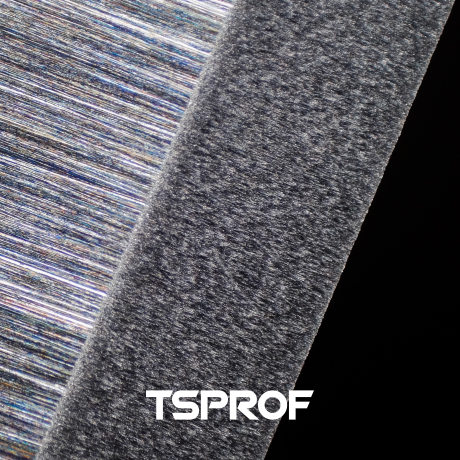
Introduction One of the best-known and most proven methods of improving the cutting-edge resistance during sharpening is the creation of a microbevel or secondary bevel (小刃 [ こば ] in Japanese). A micro-bevel is the formation of an additional bevel...
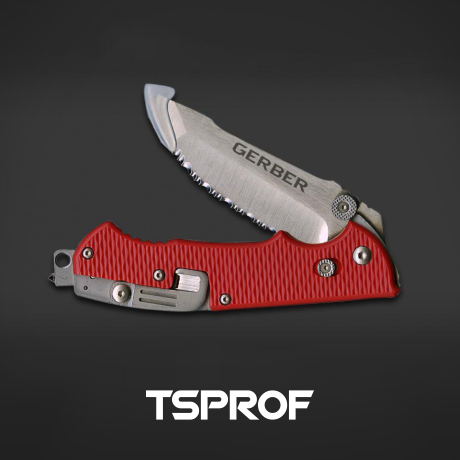
Folding rescue knives appeared several decades ago, primarily with the development in the knife industry of the so-called "survival" theme. Although they were positioned by the manufacturers as a tool for professionals, the main buyers were supposed to be...
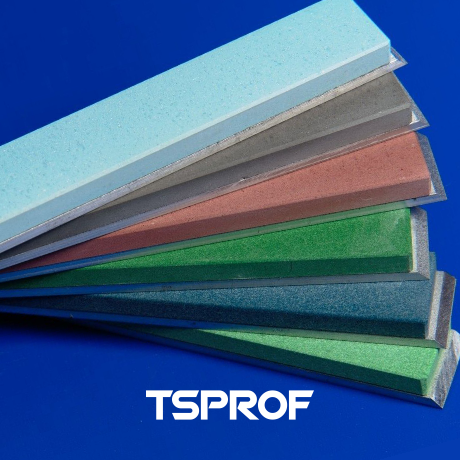
Well-timed and proper maintenance of abrasive stones, keeping the sharpener and the sharpener's workplace clean are the most important factors in a quality sharpening job. An abrasive covered with sludge residue is much less productive, and a diamond that has...
{"one"=>"Select 2 or 3 items to compare", "other"=>"{{ count }} of 3 items selected"}